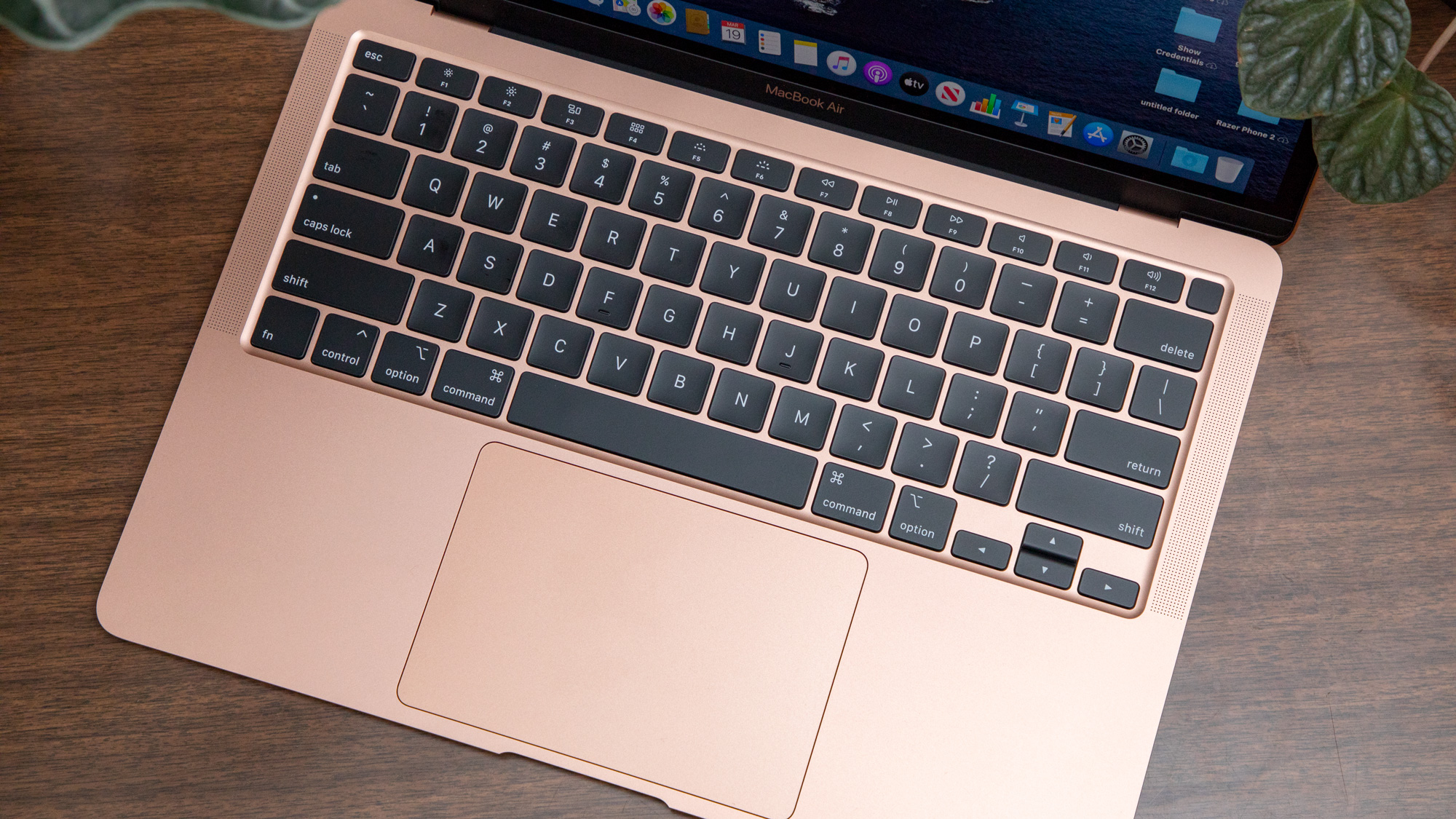MacBook Air 2020 is easier to repair — but you still shouldn't
It scored a 4 out of 10...which is...better

MacBooks are notoriously difficult to repair. Rather, all Apple products are tightly locked down, which prevents customers and third-party repair services from accessing and swapping out the internals.
But the tide is shifting as easily-replaceable parts become a desired feature for users, and help repair services replace or upgrade faulty components. The MacBook Air 2020 is the latest laptop to improve in this area.
- MacBook Air 2020 review
- Microsoft Surface Laptop 3 Gets High Repairability Marks in iFixit Teardown
- Is Apple Customer Service Good? 2019 Rating
An iFixit teardown revealed a new internal design for the new MacBook Air that makes the laptop a bit easier to repair. Let's not get too excited yet; The MacBook Air scored a 4 out of 10 for repairability -- a small improvement over the 3/10 scored by the previous model and below where the Surface Laptop 3 landed.
Compared to last year's version, the trackpad cable has been removed from under the logic board and freed up to be disconnected. As a result, the battery that sits under those cables is easier to remove because you can now leave the logic board in place.
Apple still doesn't want you to fiddle around with its laptops. Upgrading the SSD or RAM will void your warranty, so forget about how easily-accessible these MacBooks are: they aren't user-replaceable. If your MacBook needs repairs, like, say, a new keyboard, you'll need to speak to the folks in Blue or find an Apple Authorized Service Provider.
Let's just hope the scissor keyboard on the new MacBook Air is more reliable, so you don't ever need to peek inside the machine.
Stay in the know with Laptop Mag
Get our in-depth reviews, helpful tips, great deals, and the biggest news stories delivered to your inbox.
Phillip Tracy is the assistant managing editor at Laptop Mag where he reviews laptops, phones and other gadgets while covering the latest industry news. After graduating with a journalism degree from the University of Texas at Austin, Phillip became a tech reporter at the Daily Dot. There, he wrote reviews for a range of gadgets and covered everything from social media trends to cybersecurity. Prior to that, he wrote for RCR Wireless News covering 5G and IoT. When he's not tinkering with devices, you can find Phillip playing video games, reading, traveling or watching soccer.

